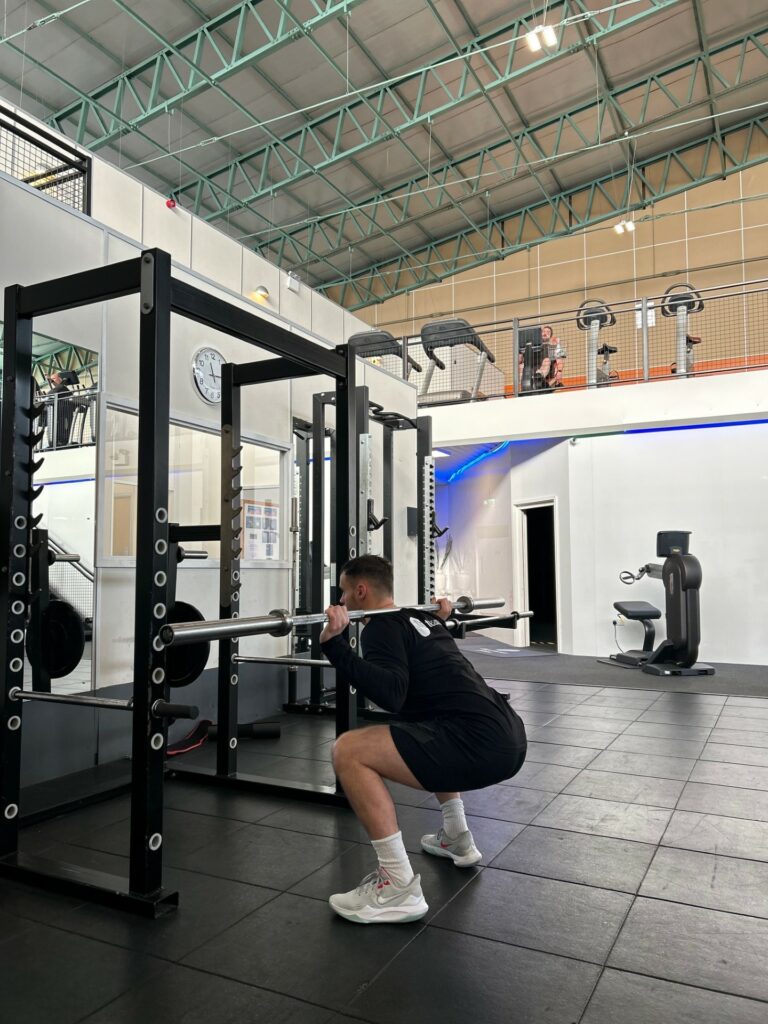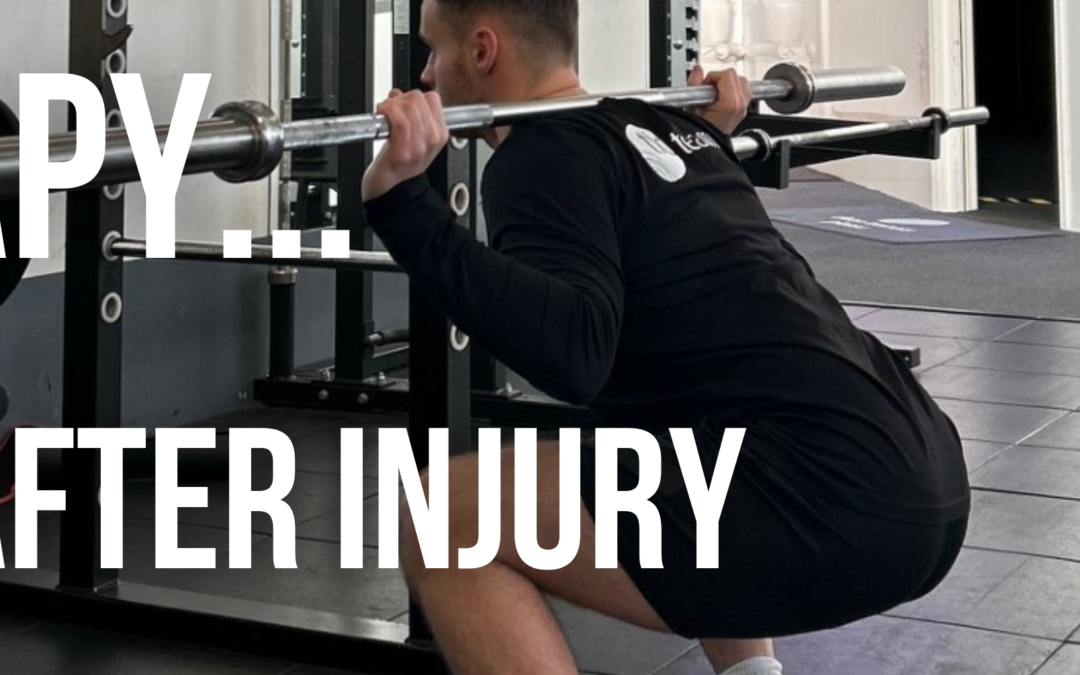If you partake in a sport and/or exercise, you are likely to get injured at some point. No matter if its minor/major, we all hate being injured. It’s your response to that injury that can really define your future endeavours in fitness/sport. Below are 5 general tips/advice to follow if you do find yourself injured...
1. Rest and Protection
Initially, the main goal should be preventing your injury from getting worse. Do NOT attempt to push through the pain, “stretch out” the injury, “run it off” or anything similar, you will likely make it worse. The body will already be starting its natural healing process of inflammation, swelling and pain (unfortunately). This natural process flushes blood and nutrients towards the injury and is a good thing!
Depending on the injury you may have to see a specialist at this stage. But most importantly, rest and protect the injury. It will be in a compromised state in which it could be injured further if improper care is given.
2. Recover Mobility
Depending on the injury, you will have varying amounts of injury and swelling at this stage. Swelling and pain can make it difficult to move a joint the way you may have previously. Gentle, low impact/intensity mobilisation and range of motion (ROM) exercises can aid lymphatic drainage at the injury. Making the recovery process more efficient. Keep in mind, we are not “stretching” here, we are “mobilising.” Holding an intense stretch in a static position is not the aim.
Again, it’s important to not force the injured body part through motion. If you are experiencing pain when performing these gentle mobilisation exercises, then you should revert to stage 1. Too much too soon will likely cause further setbacks – which means more time not doing sport/exercise!
3. Recover Strength
It takes around 3-4 weeks to lose significant strength. This seems surprisingly quick considering how long it takes to build up strength. Unfortunately, this is exacerbated when we cannot use that joint/muscle. For example, when tearing a ligament in your knee, swelling and pain mean you will be on crutches and unable to put weight on a certain leg. Here, a person has gone from constantly walking/running on that leg, to suddenly doing nothing at all.
Therefore, we need to rebuild strength where we have lost it. Otherwise, we may develop improper movement patterns that can put us at increased risk of injuring that and/or surrounding joint/muscles.
Because one side is weaker than the other, you would naturally shift to the stronger side of the body. As you can imagine, this puts tremendous pressure on that side of the body.

4. Recover Form and Function
Now that the necessary strength has been built up, we will start to transform the muscle/joint back to its original function and form. Coordination, balance and movement patterns are important in this stage. Again, the lack of activity means a lot of balance and coordination exercises will feel difficult.
It’s important to think about the type of movement patterns you use when you exercise or perform sport. Often there will be a lack of trust in that muscle/joint and this causes compensatory movement patterns. Putting you at an increased risk of injury. Some examples include landing drills, acceleration/deceleration drills and lateral cutting drills.
Start with simple exercises, then make it more complicated. It will be tempting to skip this stage as you “feel stronger.” But, as explained compensatory movement patterns cause inefficient movements that mean you will injure yourself again. Take your time with this stage.
5. Preventing Re-injury
Despite talking to a specialist, and following the stages above, initial injury in most cases increases the risk of re-injury for that muscle/joint. It’s important you stay proactive with your previous injury. Don’t just shun the strength and mobility exercises that you have performed in previous phases. It’s a great idea to keep some of these exercises in your main session, even in your warm-ups and cooldowns.
Working with a specialist, will ensure the problem is correctly identified, and the appropriate treatment/rehab is prescribed. Book in with the therapy team to start your recovery journey!

